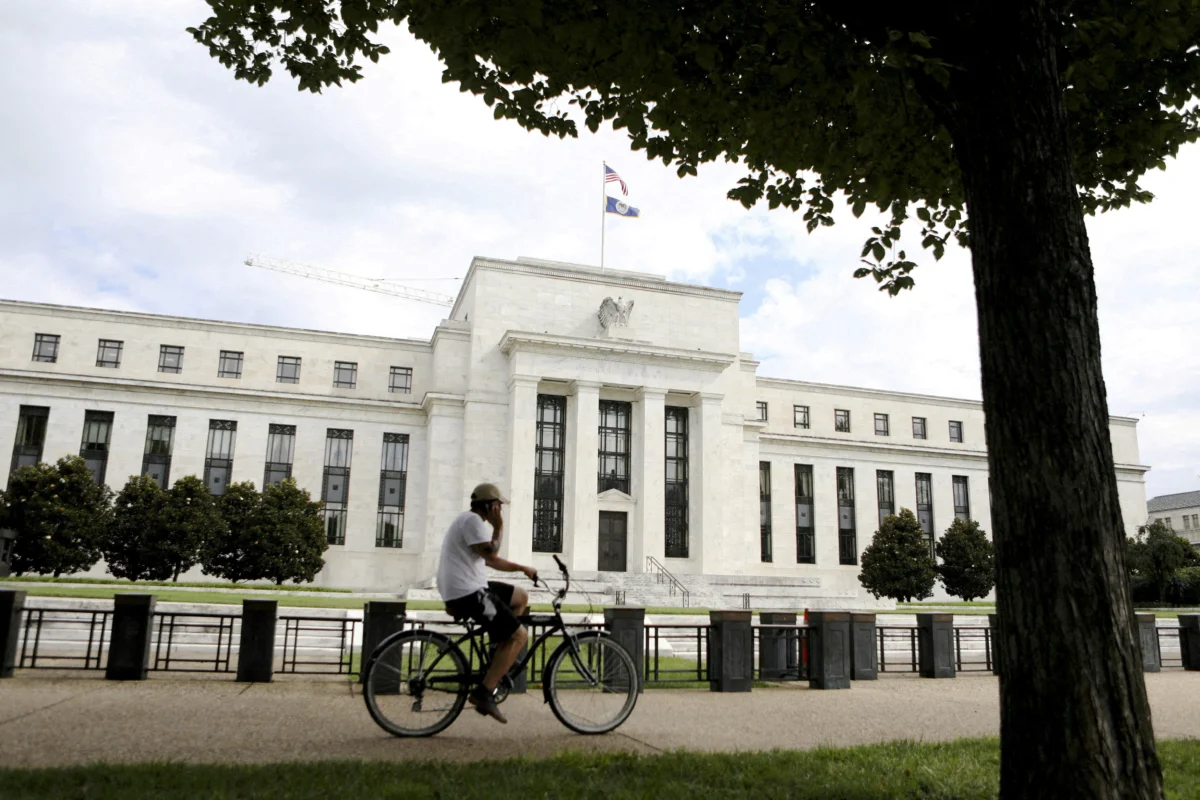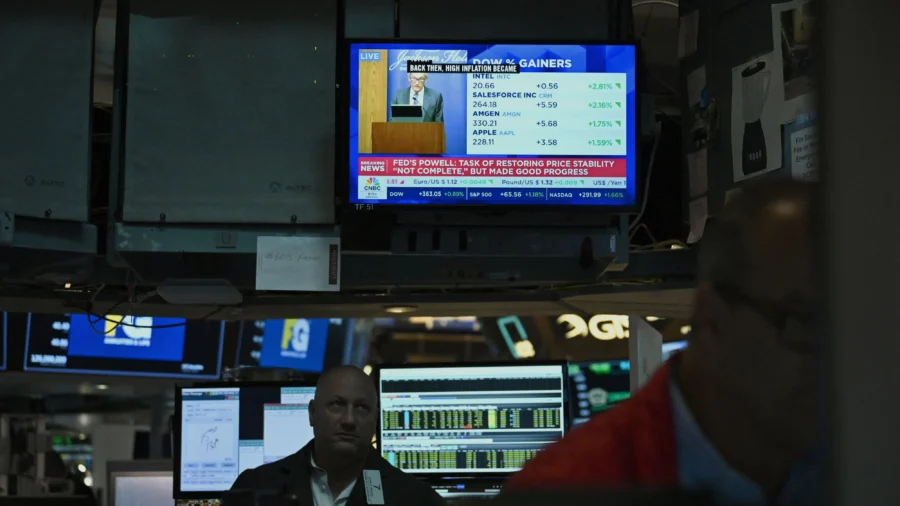The Federal Reserve’s preferred inflation metric—the personal consumption expenditure (PCE) price index—came in below expectations, further supporting the central bank’s case for loosening monetary policy and cutting interest rates as early as September.
According to the Bureau of Economic Analysis (BEA), the annual PCE price index was unchanged at 2.5 percent in July, below the consensus estimate of 2.6 percent.
PCE rose by 0.2 percent monthly, in line with market expectations.
Core personal consumption, which strips the volatile food and energy components, also held steady at 2.6 percent. The reading was under the market forecast of 2.7 percent.
On a monthly basis, core PCE rose by 0.2 percent, meeting economists’ projections.
The BEA figures highlighted that prices for goods fell by 0.1 percent and prices for services jumped by 0.2 percent. Goods prices were down by 0.1 percent from a year ago while services prices increased by 3.7 percent.
A surge in motor vehicles and parts was the most significant contributor to the monthly jump within the goods category. Likewise, health care was the biggest factor in services inflation.
Additionally, food prices swelled by 0.2 percent while energy costs edged up by 0.1 percent.
Personal income rose at a higher-than-expected pace of 0.3 percent last month, up from 0.2 percent in June. Personal spending advanced by 0.5 percent, up from 0.3 percent in the previous month and in line with market expectations.
In July, the personal savings rate—saving as a percentage of disposable personal income—was 2.9 percent, the second lowest level since the global financial crisis 16 years ago.
U.S. stocks kept their pre-market gains intact. The leading benchmark indexes were up by as much as 0.7 percent.
U.S. Treasury yields were mostly up across the board. The 10-year yield was little changed at 3.86 percent. The two-year yield rose to 3.92 percent, and the 30-year bond was flat at 4.14 percent.
The U.S. dollar index, a gauge of the buck against a basket of currencies, extended this week’s gains, rising to 101.51. The index, which has come under pressure as the Fed prepares to cut interest rates, is poised for a weekly boost of 0.8 percent.
Market observers had mixed views of the PCE report, including economist Peter Schiff, who thinks inflation will not return to the central bank’s 2 percent target.

“Today’s personal income and spending data, including the PCE—the least accurate, most understated, yet the #Fed’s favorite #inflation measure—in no way indicates that inflation will return to 2 percent,” Schiff, chief economist and global strategist at Euro Pacific Management, wrote on social media platform X.
“It’s bottomed at 2.5 percent, and with upcoming rate cuts, will likely head higher soon.”
Gary Black, the managing partner at The Future Fund LLC, said on X that this “cements Fed rate cut in September” and is “good for equities.”
The PCE is the central bank’s preferred inflation metric because the statistic is broader than the consumer price index (CPI) and considers changes in consumer behaviors.
Looking ahead to next month’s personal expenditure report, the Cleveland Fed’s Inflation Nowcasting model estimates that the PCE will come in at 2.4 percent.
The regional central bank’s forecasting tool for the CPI suggests the annual inflation rate will be 2.6 percent.
Rate Cut Influence
The Fed crafts monetary policy using a wide catalog of economic indicators.
The PCE’s downward trend will likely be another instrument supporting the central bank’s decision to cut interest rates at the September policy meeting.
Fed policymakers have firmly indicated next month’s potential cuts.
At last week’s Jackson Hole Economic Symposium, Fed Chair Jerome Powell stated that his “confidence has grown” that inflation is returning to the institution’s 2 percent target.
“The time has come for policy to adjust,” he said in a prepared speech. “The direction of travel is clear, and the timing and pace of rate cuts will depend on incoming data, the evolving outlook, and the balance of risks.”
According to the CME FedWatch Tool, investors are pricing in quarter-point rate cuts at the last three meetings of 2024.
While the size and pace of the rate cuts are unclear, it is evident that the Fed’s focus now is on the labor market.
“The upside risks to inflation have diminished. And the downside risks to employment have increased,” Powell said, adding that “we will do everything we can” to ensure the job market remains intact.
“We do not seek or welcome further cooling in labor market conditions,” the Fed chief stated.
However, several regional central bank surveys have mirrored the fractures observed in the monthly non-farm payrolls report.
The Dallas Fed, the Kansas City Fed, and the Richmond Fed employment gauges of their manufacturing and non-manufacturing indexes have signaled contraction.
The Richmond metric was the weakest outside of the coronavirus pandemic since 2009.
The financial markets are bracing for a highly anticipated August jobs report that will be released on Sept. 6.
Early estimates project that the U.S. economy created 163,000 new jobs and that the unemployment rate will dip to 4.2 percent.
The July employment figures—a smaller-than-expected 114,000 new jobs and a 4.3 percent unemployment that was the highest in nearly three years—helped drive the three-day sell-off in the stock market earlier this month.
From The Epoch Times

